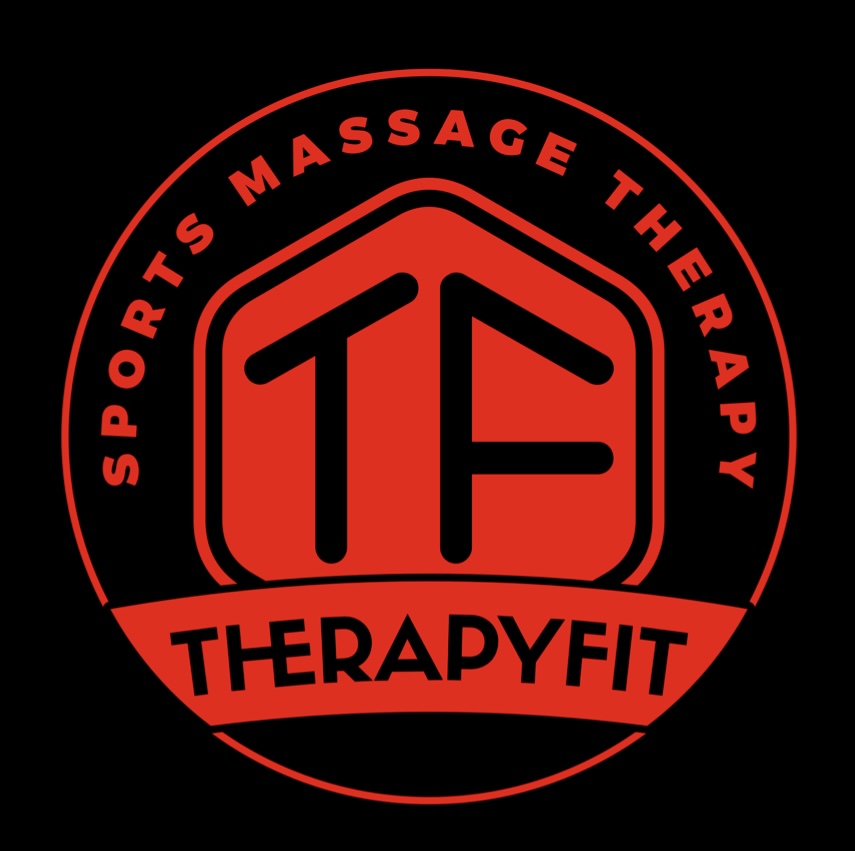PEACE and LOVE Protocol
- TherapyFit Treatments

- Feb 24
- 3 min read
Why Is Acute Injury Advice So Confusing? 🤕

If you've ever suffered an injury—whether a sprained ankle or a pulled muscle—you've probably been told to follow a specific protocol. But which one?
RICE (Rest, Ice, Compression, Elevation)
MEAT (Movement, Exercise, Analgesics, Treatment)
POLICE (Protect, Optimal Loading, Ice, Compression, Elevation)
PEACE & LOVE (Protect, Elevate, Avoid anti-inflammatories & ice, Compress, Educate & Load, Optimism, Vascularisation, Exercise)
These acronyms are all meant to help, but they often contradict each other! ❓

The Confusion:
🔹 RICE vs. MEAT – RICE tells you to rest and ice, while
MEAT encourages movement.
So… should you rest or move? Ice or avoid it? 🤷♂️
🔹 Evolving Science – RICE was widely accepted for years, but recent research suggests that icing and rest may slow recovery. Enter PEACE & LOVE, which focuses on short and long-term healing.
What Should You Do?
✅ Use Common Sense – In the first instance If the injury is severe, get medical advice. If it’s minor, then speak to your therapist regarding manual therapy and injury management. A qualified therapist will have access to the latest research and knowledge on how to assess and manage the injury or pain.
What protocol do we follow here at TherapyFit?
We Recommend PEACE & LOVE for Injuries ❤️🩹
The PEACE & LOVE protocol was developed as an evolution of older injury management strategies, integrating the latest research in sports medicine, physiotherapy, and pain science. It was introduced in 2019 by Dubois & Esculier, two physiotherapists and researchers, as a response to outdated methods like RICE, MEAT and POLICE.
Why Was It Created?
1️⃣ New Research on Healing – Studies showed that excessive rest, icing, and anti-inflammatories might actually delay tissue repair by suppressing the body's natural inflammatory response.
2️⃣ A Shift Toward Active Recovery – Modern rehab emphasises early, controlled movement to restore function and prevent stiffness or muscle atrophy.
3️⃣ The Role of the Mind – Optimism and patient education have been proven to impact pain perception and recovery speed.
4️⃣ Holistic Approach – Older protocols focused only on the acute phase, but PEACE & LOVE considers both immediate care and long-term rehabilitation.
This protocol provides a more comprehensive, science-backed way to support healing—not just in the first few days but throughout recovery. Here are the details of what it stands for:
PEACE -For the Immediate Phase 🩹
🔹 Protect – Reduce movement and avoid painful activities in the early stage.
🔹 Elevate – Keep the injured area raised to help manage swelling.
🔹 Avoid anti-inflammatories and ice – Inflammation is part of the healing process; icing or anti-inflammatories may slow recovery.
🔹 Compress – Use bandages or wraps to control swelling and provide support.
🔹 Educate – Understand your injury and avoid unnecessary treatments.
LOVE -For Long-Term Recovery 💪
🔹 Load – Gradually introduce movement and weight-bearing to promote healing.
🔹 Optimism – A positive mindset plays a key role in recovery!
🔹 Vascularisation – Do pain-free cardio exercises to boost circulation and healing.
🔹 Exercise – Strengthen and regain function through rehab exercises.

Why Is PEACE & LOVE Better?
✅ It acknowledges the importance of inflammation instead of just suppressing it.✅ It focuses on movement and gradual loading instead of excessive rest.✅ It incorporates mental health—optimism can improve recovery outcomes!✅ It applies to all stages of healing—not just the first 48 hours.
By following PEACE & LOVE, we move beyond just treating symptoms and focus on active recovery and long-term resilience. 💪
If you have an injury and are unsure as to how to deal with it, our ITEC Level 5 Sports Massage/Soft Tissue Therapists at TherapyFit Treatments & TherapyFit Body Clinic are qualified to assess and deal with injuries and pain to help you achieve optimal recovery.
Click here to book a full assessment and treatment!




Comments